Listen to the roundtable discussion here
What is marketing strategy? Roundtable discussion (58 minutes)
Reading Time: 12 Minutes
How do you draw the distinction between strategy and tactics? More importantly, what do others in your business think strategy is and who needs to be involved? Where marketing strategy sits within your organisation and whether your colleagues see it as you do can vary enormously. So, the starting point for a marketing strategist is often being clear about what strategy is and isn’t. ~ Rachael Wheatley, Master Practitioner | Watertight Marketing
Bryony Thomas started the discussion by sharing Watertight’s “stable table” metaphor – balancing the Four Flow Foundations (Chapter 2 & 11 – Watertight Marketing, 2nd Edition) which serve as an organising lens through which to see, and point to, marketing strategy, operations and tactics.
Because if marketing currently isn’t centre stage in your organisation, then you’ll want to move the perception of your non-marketing colleagues to see marketing as a valuable strategic driver.
So what do your colleagues currently think about marketing and what would you like them to think about it?
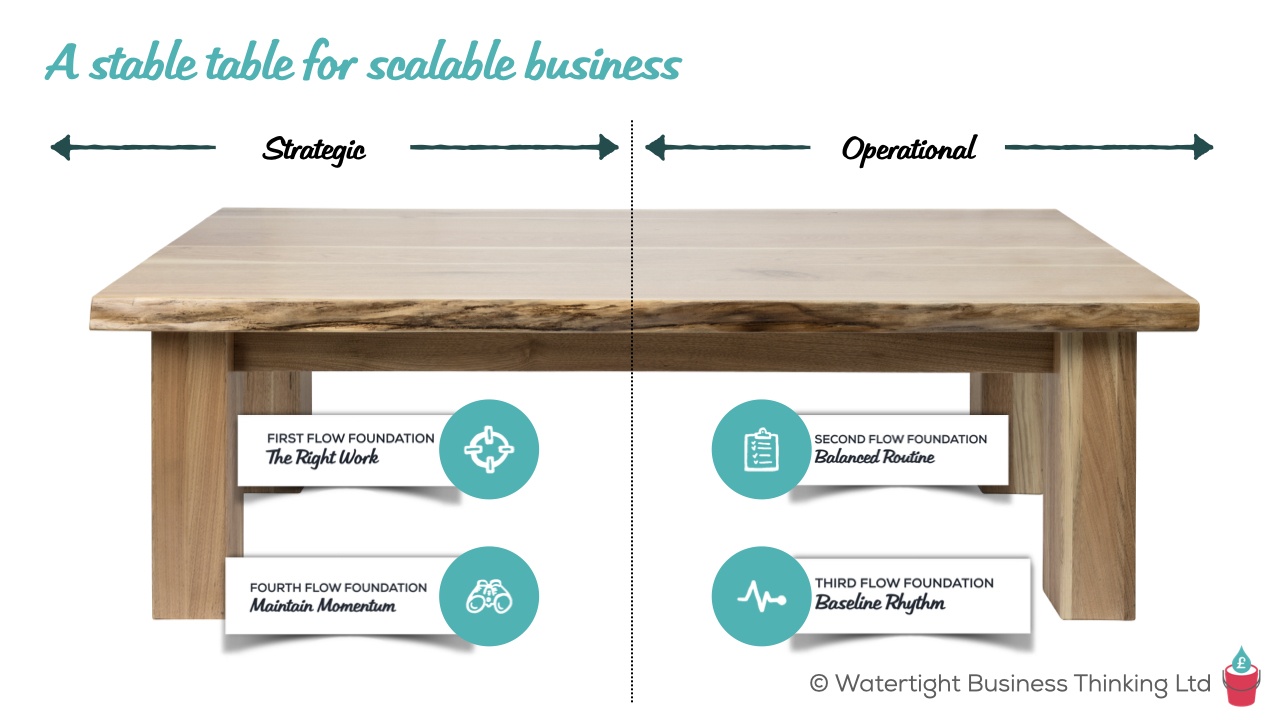
There are two sides of the table – the left hand side being strategic, the right hand side being operational. If the strategic side is weak, the imbalance makes it hard for the marketing plan to work or for marketing tactics to have real impact. This framework helps a marketer to point to what is strategic and what is tactical. Often the questions that we’re asked relate to the right hand side – marketing operations – when what we need to discuss and agree first is on the left hand side.
Part of the marketing strategist’s role is to ask great questions, to facilitate the answers, work with others to shape the business plan and to really understand the customers, their needs, solutions, the marketplace and any past or future changes that might affect the business. Strategic questions to ask around these topics are:
- The Right Work (First Flow Foundation F1) – ask “What are you offering to Whom?”
- Balanced Routine (Second Flow Foundation F2) – ask “How will you support that decision?”
- Baseline Rhythm (Third Flow Foundation F3) – ask “When will you do that and how will you know it’s working?”
- Maintain Momentum (Fourth Flow Foundation F4) – ask “Why are you doing it?”
F4 is, in fact, often the place to start. If the vision, values and goals are not clear, there is little point in moving on to address F1, F2 and F3. F4 is where marketing is anchored to the business strategy. Combined with the answers to F1 these will form the basis of your strategic plan. It can then be translated into a marketing plan that comes out of working through F2 and F3 by creating the tools that get your marketing out into the world.
Do you have a wobbly table? Take the Test here >
Who does the job of a marketing strategist?
It’s the Board that needs to do a good proportion of the strategic thinking around vision, values, goals, plans and milestones and then who you’re serving and what you’re selling. The senior marketer, if there is one, is very much part of this discussion, informing, understanding, shaping and advising on the strategy. This work then forms the background to the brief for the marketing team to deliver on the how and how often.
In this way, the marketing strategist role (which could be an outsourced resource, or an internal marketing director or head of marketing) is the bridge between the Board and the marketing team, which delivers the operational, tactical element of marketing.
“Many years ago when I was the head of marketing in a firm, one of my objectives for that year was to develop a marketing strategy for a particular business stream. About halfway through the year the CEO to whom I reported complained that I hadn’t done it. I told him that the reason was because the business area director hadn’t even thought about a business plan and because of that it was impossible for me to write a marketing strategy. I think he thought I could do this without context. Probably, he was thinking a ‘strategy’ was what I would actually call an activity plan.” Rachael Wheatley.
“I think for a lot of people the words marketing and sales or strategy and planning are interchangeable. There’s a lot of confusion around definitions.” Su Copeland, Marketing Consultant
So, part of the job of a marketing strategist is to get clarity as to what these things mean and communicate that around the business to reach a common understanding.
Digital marketing and the speed of change makes strategy more important
“The other thing I’m saying to people is that once they’ve got a vision of where they’re trying to get to, their strategy will probably be quite short term at the moment, because the world is moving so fast. So they might have a 12 month plan but they will need to review regularly and have a 90 or 120 day implementation plan.” Su Copeland, Marketing Consultant
There’s a sequencing piece here. Firstly, what’s the background information you need in order to enact marketing or sales activities. When we’re working with clients, we ask them to do three year, 12 months and 90 day plans as a kind of check-in.
“If I use my motorway junction metaphor, the vision is we’re going to London, and we’re now in west Wales. And then you ask, so what are our junction markers? So you can say, look out for junction 19, we’ll be in Bristol and when we go over the big bridge, we’re two hours away from our goal.” Bryony Thomas.
Having those milestones and a long-term plan broken down into shorter term plans helps to keep pace with change and enables your strategy to flex
The speed of change is in some ways exacerbated by digital, which is by its nature more immediate and fast. This is not always a good thing, however, since there can be trade-offs.
“The great thing is that we can have this kind of conversation online and it speeds up the sales process to some extent, but it also slows it down in other ways, in that you’re not building the relationship, which takes time. People aren’t thinking it through properly because they’re focused on the speed of return on investment.” Su Copeland, Marketing Consultant
The implication of this is that digital marketing, whilst it can speed up the decision, can also make it less human. There can be a lack of emotional connection if it’s more at arms length. In a situation where the purchase is a highly considered purchase, this undermines the aims of strategic marketing which is partly to build long-term relationships with prospects and customers.
“Digital marketing sits on the right hand side of your table diagram and so is operational, but it can be a distraction. Because digital has increased the number of opportunities for marketing and because power has shifted to the customer, it has made the strategic plan much more important.” Peter Baynes, Marketing Consultant
“I often talk about the fact that nobody needs more marketing ideas, they need fewer on which to focus. And actually what we have is an overwhelm of options. Which means that the strategic backdrop needs to be tighter, doesn’t it?” Bryony Thomas.
Chris’s experience is a good example of how we as marketers need to push back against those who are asking for one thing when actually what is needed is another.
“There’s a lot of pressure to produce leads. People think producing leads is much easier because digital tools are so accessible. The judgments you’re able to make about which platforms to use and what qualifies as success, are dependent on understanding the strategy and having the strategy in the first place so that you can refer back to it.” Chris Turner, Marketing Consultant
The answer to the tactics question always needs to be related to strategy
To avoid marketing FOMO and jumping on the latest shiny thing, sometimes we need to say ‘no’ – though that can be a real challenge. With a strategic hat on, marketers do need to encourage people in their business to take a step back before trying something new. Let others be the first movers. The more nimble risk-takers can try these new things and see what happens whilst we can continue to do the things we know work. And then we can be fast followers as and when it’s right to do so and if that marketing tactic is going to work with our audiences.
“Or the answer could be not yet. Sometimes it’s about sequencing and prioritisation. It’s one of the things our Touchpoint Leak Assessment can be used for, when someone comes and asks if they can try a tactic out. You can point out that what they’re talking about sits in a particular leak, but at the moment you’re pretty good at that. But you can certainly put it on the list for when you do address that leak.” Bryony Thomas.
We’re guilty as marketers of saying ‘yes’ when answering ‘no’ or ‘not yet’ might be better. Saying yes too readily can undermine the strategy if that activity is either not in the plan or not relevant.
“What I’ve learned is that I have to say “yes, but why”? Yes, I’m happy to explore that more and ask: why should we be doing this? For us, that’s where strategy is so important. We’ve scaled suddenly from a business that was family owned with 60 people who all knew each other really well and could communicate really easily to being a multinational business of 250+. Knowing how to scale that strategy is so difficult. They were used to asking marketing what the strategy was. Now, we need a really clear vision as to how the business is going to grow, and then we can develop a strategy.” Maggie Mutkovicova, Waterstons
Asking why ties the tactics back to the strategy and shows that you have a plan and that the tactics needs to fit with that. It also positions you as the strategic marketer because you’re not being reactive, saying yes immediately and going straight to actioning tactics.
“I’ve been through the process of trying to really understand what the business needs, where it wants to go. And then each of the tactics on their own are a debate, before coming to an agreement to go ahead with two or three of the tactics but also wanting the same outcome as you would for the whole plan. It’s an integrated piece that won’t work with a piece missing.” Becky Mellor, Cloud 21
“Marketing needs to ask about context to make a good decision. If you were asked to choose between an orange and a banana, which would you choose? It depends. Asking what the context was would show that since you’re a bit low on vitamin C, the best choice would be an orange.” Bryony Thomas.
Marketing strategy is too important to be left to the marketing team
Even if you have a marketing director, a strategist in place, doesn’t mean that the MD or CEO can hand over strategy to them, even if stepping back is with the intention of empowering them. It can seem like the MD is wanting to get it off their plate; this can actually disempower the marketing director.
“They might think, well, I don’t want to ask because it’s going to look like I don’t know what I’m talking about.” Bryony adds.
Marketing strategy doesn’t happen in isolation. It’s too important to be left only to the marketing department. The Board and the senior leadership team who all need to be involved in shaping the strategy.
The Watertight tools enable a marketer to have those strategic conversations, equipping them with the right questions. They can also help to navigate Board conversations and point out that you need shape and guidance on F1 and F4 and then you can go on and take forward F2 and F3.
“It’s like coming up with this solution before you know the question. Asking: why do you want to do that is helpful in surfacing what people really need. They might want more traffic to their door, but usually I find out it’s not what they need. It’s all about the prep and stopping people from jumping in, rushing to outcomes. Again, it underlines the importance of marketing strategy first.” Michelle Hayman, Marketing Consultant
What’s the role of the strategist?
Part of the role of the marketing director relates to an internal communications piece, helping people to understand what marketing is and isn’t and the difference between strategy and tactics. It’s beholden on us to define it so there is a common understanding.
“You’ve got to keep that strategy visible and put those conversations in the context of the strategy. The role of the marketing director is asking why and maintaining that visibility through internal communications.” Peter Baynes, Marketing Consultant
Every time Watertight draws the diagrams about marketing capability, there’s always a person at the centre, a marketing director. For a while, this could sit outside of the business. In this case, they need to be an extension of the business, working closely with the senior leaders and Board. They need to be seen on the business’s side of the table, rather than someone who takes it away and does the strategy in a vacuum.
At some point, however, there will come a time when this role needs to be inside the business. Sometimes businesses have been very successful without having a senior marketer. They might think that therefore they don’t need one going forward.
“It’s like saying: we’ve come this far on a bike in 10 years. Now we want to go there in 5 years on the same bike. When actually, to speed up you need a different vehicle and a licensed driver – a marketing director.” Bryony Thomas
Watertight Wisdom
What’s worked for us
Ideas from the group about what marketing strategy is and the role of a strategist:
- The business plan first. Marketing strategy needs context. This comprises vision, values, goals, plan and milestones and answers the what are you selling to whom questions.
- Don’t be a people pleaser. The role of the strategist is to challenge, ask the right questions. Trust in your own knowledge and experience.
- Use the right language. Use the language of the board – finance for the finance director, sales for the sales director. And don’t, whatever you do, sound like a marketer by using jargon that no-one will understand. Worse, it will switch people off to marketing.
- It’s ok not to know everything. Have the confidence to ask questions, even if you do so because you don’t understand what people are saying.
- Always relate tactics to the strategy. The proliferation of marketing tools and techniques makes focus and choice harder. It also underlines the importance of strategy to guide and inform that focus and choice.
- Don’t be afraid to ask why? There are three answers to (usually tactical) requests that come to marketing: yes, no or not yet. Don’t be afraid to bat the request back by asking: why do you want to do that?
- Work with the MD on strategy. Having a marketing director doesn’t mean the MD can pass on the strategy. The strategist’s job is to shape, ask questions and challenge, but the MD and senior leadership team still need to be involved in agreeing and setting marketing strategy.
- Keep the strategy visible. Within the business, via good internal communications and on-going dialogue.
What would you add to our list?
We’d love to know what’s worked for you in getting your business to take marketing seriously. Do add a comment below.
And if you fancy joining our next #WatertightWednesday round table marketing discussion, you can sign up here.
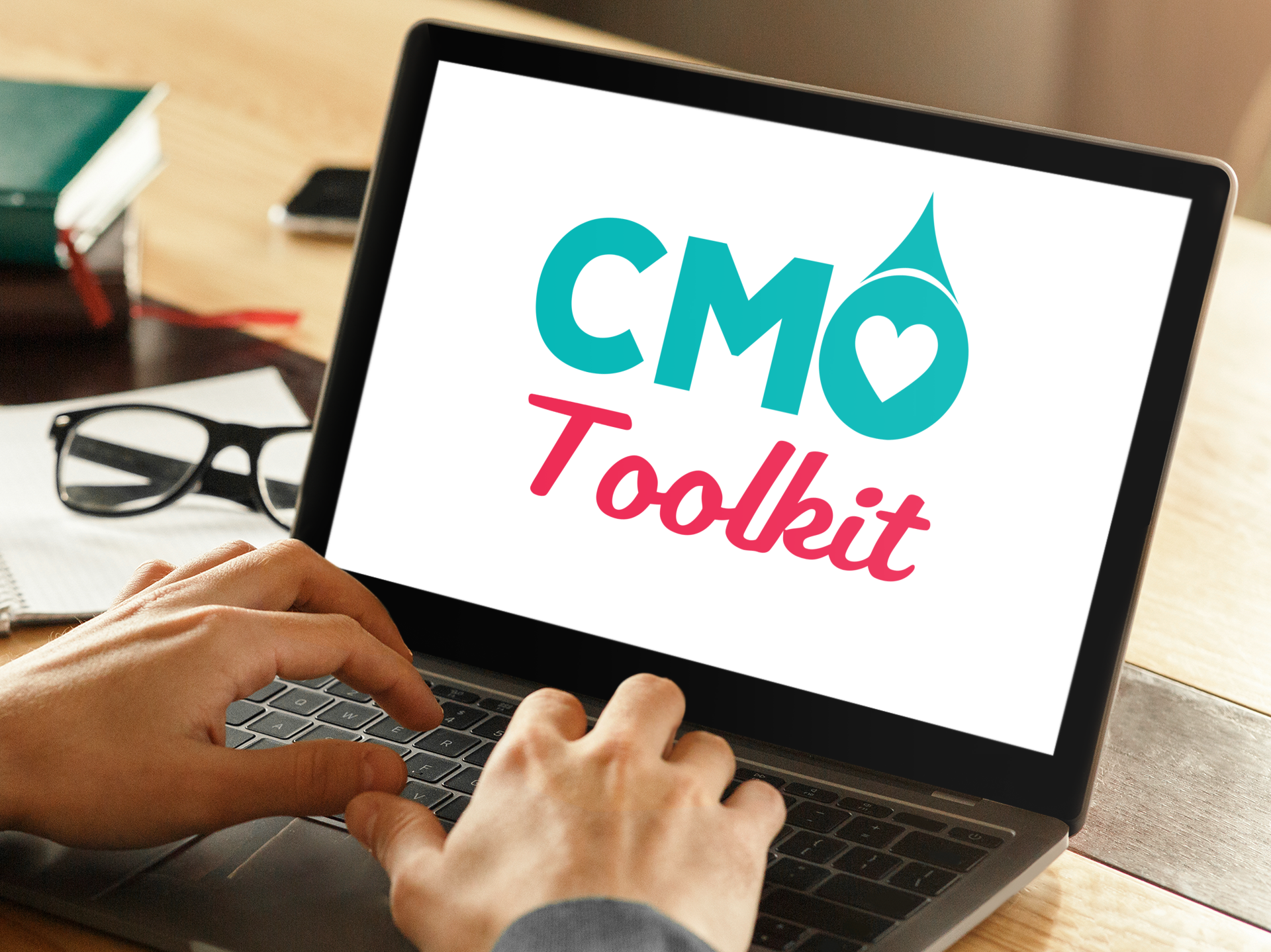
Subscribe to the CMO Toolkit
Would you like to get your hands on the tools, frameworks, templates, workshop packs, slides, and analysis tools we use with our clients? It’s all waiting for you.

Rachael Wheatley
Managing Director, Watertight Thinking
Rachael brings over 30 years’ of marketing experience, with a particular focus on building and developing effective marketing teams that are able to act as a strategic driving force across an organisation. She has worked with Watertight since 2014 as a Master Practitioner and joined the business as MD in 2022.

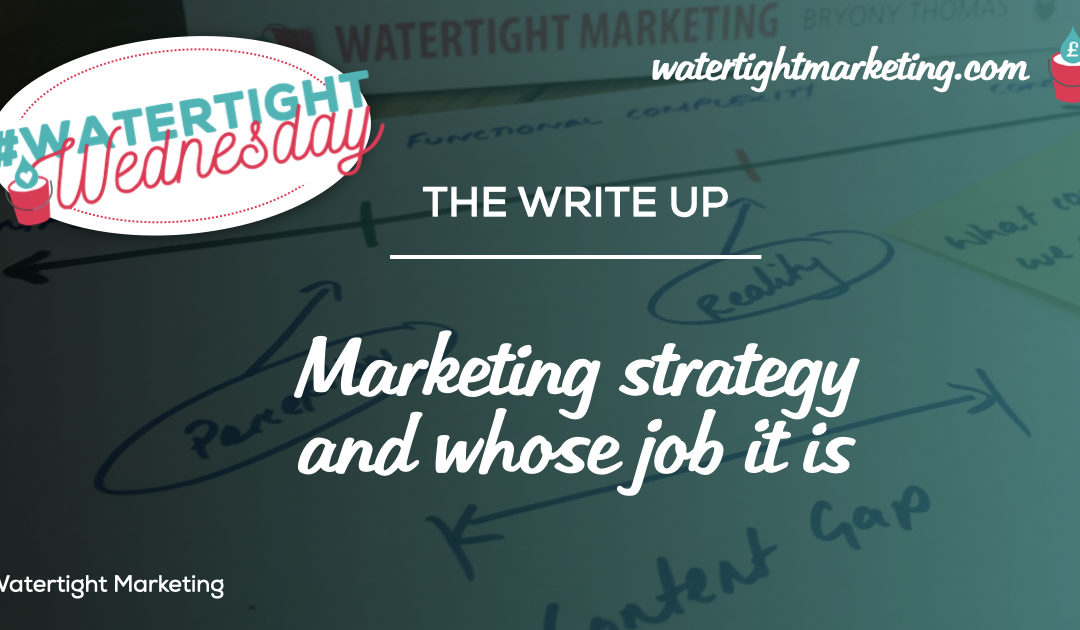
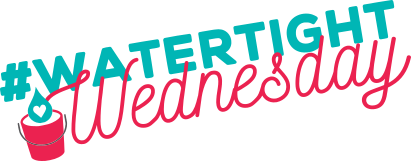
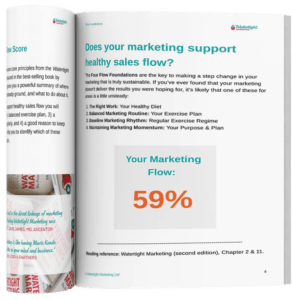
Such a considered & informative article on marketing strategy in a world of blog “fluff”.
Rarely do I share content but this is worthwhile & I’ll do it when the Bank Holiday is over and people are back on LinkedIn to see & read it.
I joined my first Watertight Wednesday yesterday as I’m now constantly involved in sales & marketing strategy & alignment after years as a functional business developer.
It was as a business developer I realised that my sales skills were no longer enough. Initially trying marketing as a sales person I further realised that what I was actually doing was prospecting.
When digital marketing took centre stage my tactical focus on prospecting translated to FOMO and the latest shiny object as suggested by the myriad of expert blogs & articles.
Numerous failures and poor ROI led me to research further and I discovered what I called marketing fundamentals which I now know to be a marketing strategy.
Poacher come Gamekeeper, via marketing and other qualifications I started promoting that what I actually did was 360 business development which eventually led to where I find myself today.
My experience as a salesperson, and then a business developer has enabled me to speak the Board’s language and relate to all other stakeholders in the business.
Another important aspect that was raised in the discussion on how to position and drive marketing strategy through the fabric of a business.